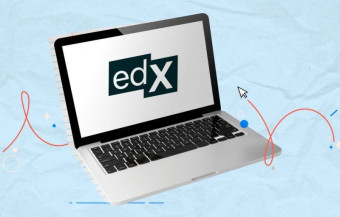Basic Introductory Econometrics Solved Questions
Tags: Econometrics
Step by step solutions to 60+ Econometrics Questions. Ideal for university students who are new to Econometrics.
Last updated 2022-01-10 | 4.3
- Practice Questions - Simple and Multiple Linear Regression- Mathematical Proofs - Simple Linear Regression
- Practice Questions - Functional Forms and Dummy Variables
What you'll learn
* Requirements
* Basics of Introductory Econometrics (Linear Regression)* Statistics Basics - Random Variables
* Expected Values
* Variance
* Hypothesis Testing
* Confidence Intervals
* Knowledge of Elementary Calculus
Description
'Econometrics: Solved Questions and Mathematical Proofs' is a course for anyone studying Introductory Econometrics at University Level.
What other students are saying about this course?
''Clear and well organised course'' - Johnson Nyella
''This is surely very helpful. Whenever I have some doubt regarding concepts, I go through this course and the questions help a lot'' - Ananya Nath
Most of the times, even if students understand the Econometrics concepts, they struggle with connecting the dots. Consequently, they end up getting confused and make silly mistakes in the exam. This course can help you in building a strong foundation of Econometrics so that you could avoid that confusing state of mind and ace your exam.
This course contains solutions to exam style questions for the following topics:
•Hypothesis Testing and Confidence Intervals
•Simple Linear Regression
•Multiple Linear Regression
•Functional forms
•Dummy Variables
•Multicollinearity
•Heteroscedasticity
•Autocorrelation
This course comes with:
A 30 day money-back guarantee.
Support in the Q&A section - ask me if you get stuck!
I really hope you enjoy this course!
Shubham
Who this course is for:
- Students who are looking to test their basic econometrics concepts
- Students who know the concepts but struggle with practice questions
Course content
12 sections • 85 lectures








 This course includes:
This course includes:





![React basic in just 1 hour [2021]](https://img-b.udemycdn.com/course/100x100/837094_75da_2.jpg?secure=m1nNdLHR873UY-bvCUr1kQ%3D%3D%2C1641696094)








